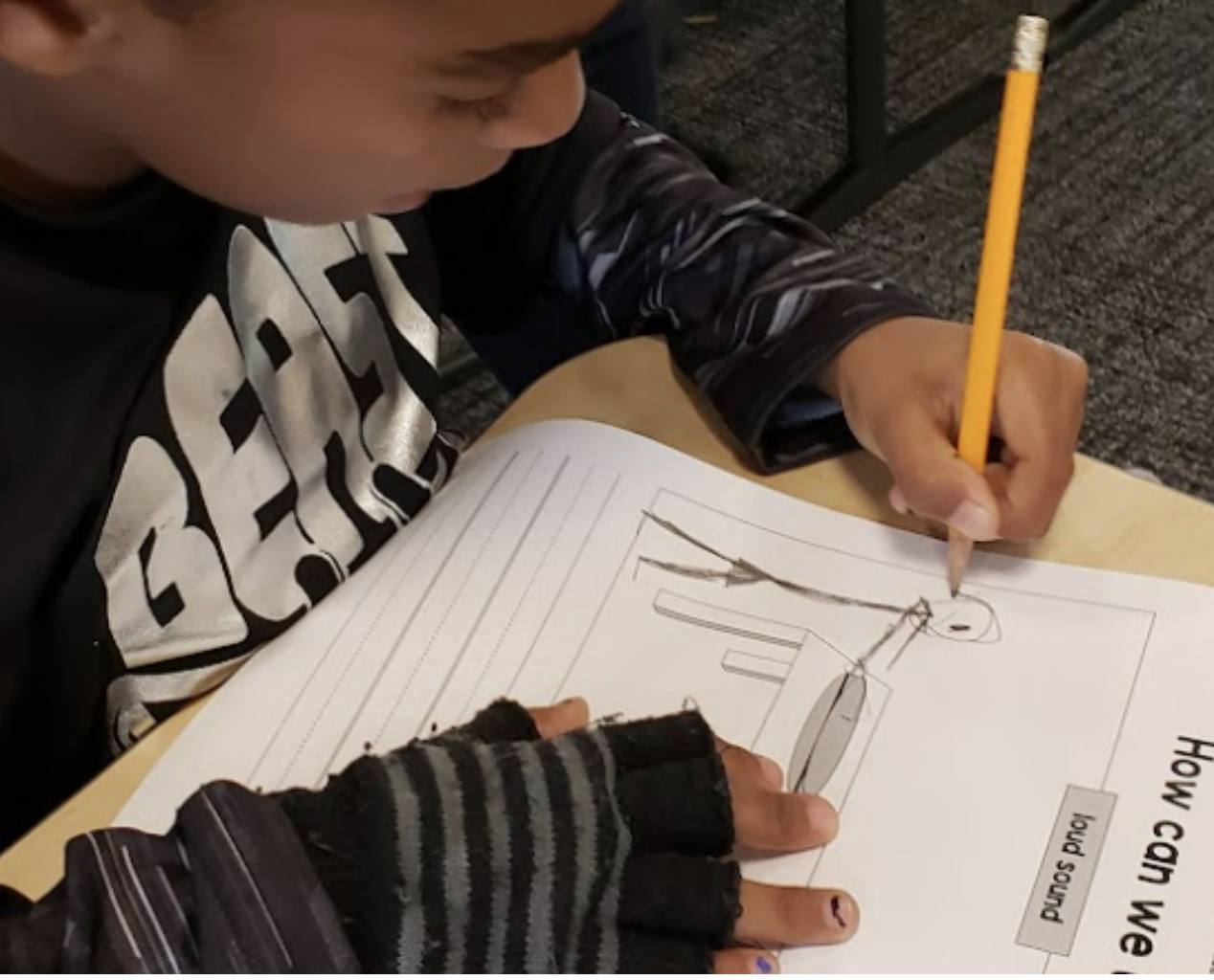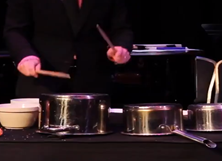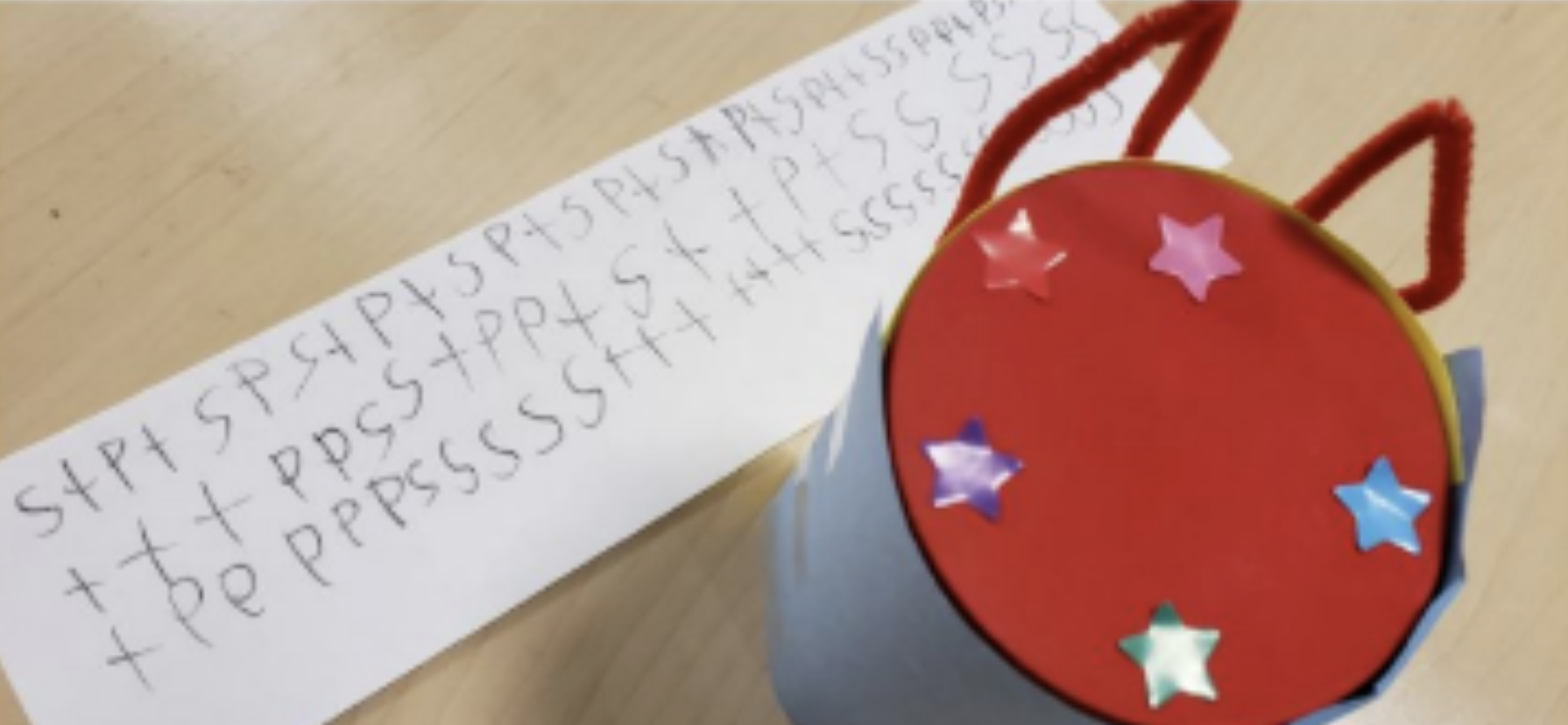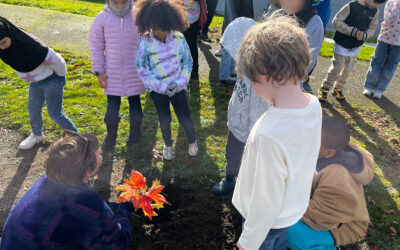 Students investigate the phenomenon of kitchen drums. A musician group uses kitchen implements, including pots and pans, to play a song. How do they make loud sounds? Soft sounds? High sounds? Low sounds? How does the material or what the object touches matter in the kind of sound it can make when we hit it? This unit is structured with alternating science lessons with “create” lessons so students have multiple opportunities to explore each science concept and then link them together over time. Ultimately, the models students develop can be of other sound-related phenomena to see that the same big science ideas about sound help us explain the kitchen drums that help us understand other sound phenomena such as why we can hear cars outside or why we need to use soft footsteps when walking in the hallway.
Students investigate the phenomenon of kitchen drums. A musician group uses kitchen implements, including pots and pans, to play a song. How do they make loud sounds? Soft sounds? High sounds? Low sounds? How does the material or what the object touches matter in the kind of sound it can make when we hit it? This unit is structured with alternating science lessons with “create” lessons so students have multiple opportunities to explore each science concept and then link them together over time. Ultimately, the models students develop can be of other sound-related phenomena to see that the same big science ideas about sound help us explain the kitchen drums that help us understand other sound phenomena such as why we can hear cars outside or why we need to use soft footsteps when walking in the hallway.
University of Washington: Designing for Ambitious Science Teacher Leadership Across School Districts
https://www.youtube.com/watch?v=Pr1UMKXnJZA...







 This site is primarily funded by the National Science Foundation (NSF) through Award #1907471 and #1315995
This site is primarily funded by the National Science Foundation (NSF) through Award #1907471 and #1315995